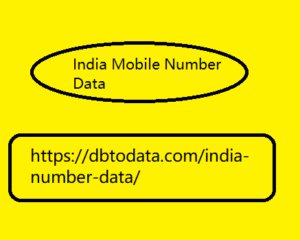Post by account_disabled on Mar 9, 2024 23:14:08 GMT -8
8years after its last product and after 10 years of development, Apple presented Vision Pro , a viewer for extended realities , in particular for "mixed reality", that is, for digitally reproducing the surrounding reality, adding new digital elements to it. This means that the device offers different degrees of immersion, from low to high depending on the user's decision. The reactions of those who have tried it are very positive, but there has been no shortage of criticism from those who have worked in the sector for years. Let's first say that we are dealing with a high-end product that will cost $3,499. Actually, maybe we should talk about MVP (minimum viable product) because it will only hit the market in a year and initially only in the United States. The positive aspects Based on the reviews I have read around, we can say that the most appreciated aspects are 3: the construction quality of the viewer, the quality of vision (for many it is the best passthrough available) and its ease of use.
The first two mainly concern the hardware characteristics of the viewer which confirm Apple's excellence India Mobile Number Data in this field. The viewer is made of aluminum with the front part in curved laminated glass. Inside there are 12 cameras (2 are TrueDepth, 2 are infrared), 5 sensors (including a Lidar scanner), 6 microphones, 2 4K displays per eye (23 million pixels of 7.5 microns each). But many technical details remain unclear that would be useful for making a comparison with similar products on the market (Varjo) such as the width of the field of vision, the refresh rate and the interpupillary distance (IPD) adjustment range. Two speakers are hidden in the side arms and are responsible for generating spatial audio, adapting it to the dimensions and objects present in the room (after having scanned them with "audio raytracing" technology).

The system uses two Apple processors: an M2 and a new chip called R1 which has the task of quickly processing real images and reproducing them on the diagrams in front of us. This computational power not only "renders" the external environment, but also the user's face and eyes which are made visible, with a transparency effect, to those who are not wearing the visor and find themselves entering the room (function called " EyeSight”). The other positive aspect is the ease of use which is due to the new visionOS operating system and the new method of human-machine interactions. In practice the user does not need a controller, but can use his eyes, hands and voice to interact with the applications. In particular, the ability to move the focus from one app to another simply by moving your eyes seems to be phenomenal. Then to activate the app just join your thumb and index finger.
The first two mainly concern the hardware characteristics of the viewer which confirm Apple's excellence India Mobile Number Data in this field. The viewer is made of aluminum with the front part in curved laminated glass. Inside there are 12 cameras (2 are TrueDepth, 2 are infrared), 5 sensors (including a Lidar scanner), 6 microphones, 2 4K displays per eye (23 million pixels of 7.5 microns each). But many technical details remain unclear that would be useful for making a comparison with similar products on the market (Varjo) such as the width of the field of vision, the refresh rate and the interpupillary distance (IPD) adjustment range. Two speakers are hidden in the side arms and are responsible for generating spatial audio, adapting it to the dimensions and objects present in the room (after having scanned them with "audio raytracing" technology).

The system uses two Apple processors: an M2 and a new chip called R1 which has the task of quickly processing real images and reproducing them on the diagrams in front of us. This computational power not only "renders" the external environment, but also the user's face and eyes which are made visible, with a transparency effect, to those who are not wearing the visor and find themselves entering the room (function called " EyeSight”). The other positive aspect is the ease of use which is due to the new visionOS operating system and the new method of human-machine interactions. In practice the user does not need a controller, but can use his eyes, hands and voice to interact with the applications. In particular, the ability to move the focus from one app to another simply by moving your eyes seems to be phenomenal. Then to activate the app just join your thumb and index finger.
